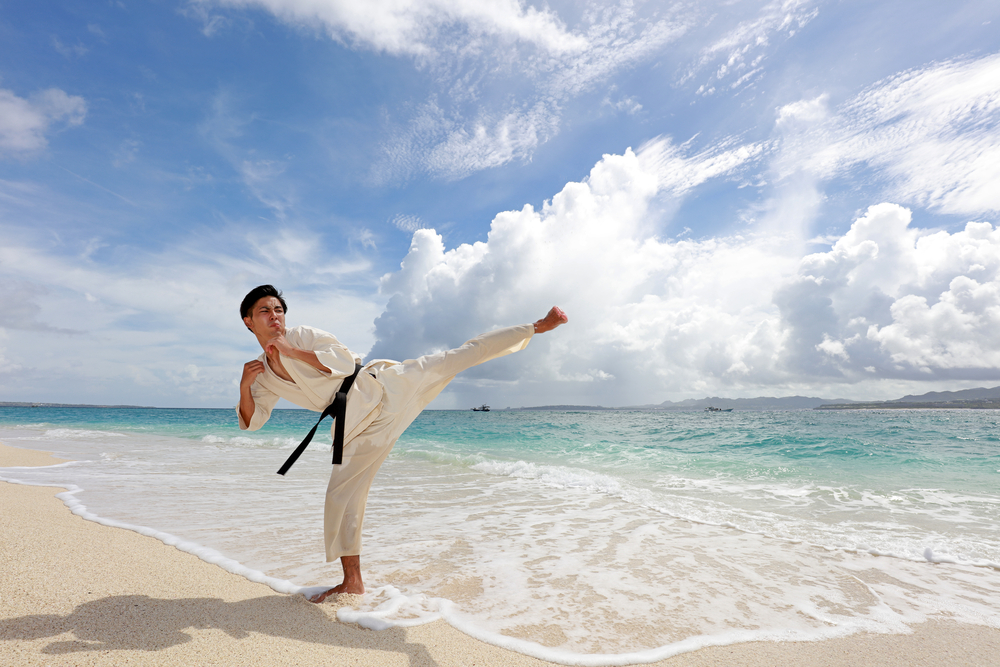Japan can be considered fairly athletic in that there is a lot of interest with different sports. Soccer and baseball are arguably the most popular sports in Japan, and one of the most widely watched. However there are so many more sports and activities, many of them traditional to Japan that are still praticed even today. There are also many modern spins on traditional sports as well as sports that have been influenced by others.
If you travel to Japan, perhaps you too can experience one of these sports firsthand whether it's just observing or actually doing!
SUMO
One of the most famous and well-known of the Japanese sports is sumo. Sumo is essentially a wrestling sport, but the rules are a bit different from western style wrestling. Usually the match begins when both wrestlers put both hands on the ground, and ends when one player is pushed out of the ring or any part of their body other than the soles of their feet touches the ground. The match also will end if any sumo wrestler loses the loincloth around their body, mawashi, as the wrestler becomes disqualified when that happens. Although many people tend to look at sumo as fascinating but comical, there is actually a very serious element to sumo wrestling, and it is highly esteemed and respected.
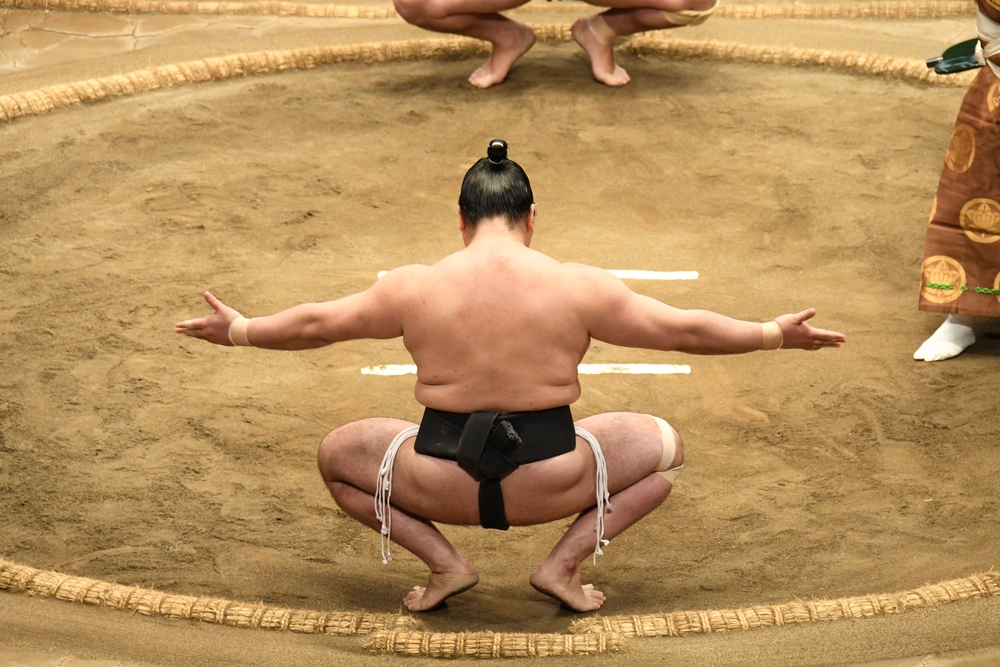
Sumo wrestling has religious elements as its origins are founded in Shinto tradition. However, it's not as strongly tied to Shinto as it once was, although you can still see a lot of its influence in sumo traditions. Many people don't realize that sumo wrestling also tends to be rigid in its rules and discipline, and sumo wrestlers must follow strict rules that are set on them including things like diet and dress code. Sumo wrestlers often reside in places called heya where they train and learn strict discipline, and there is also often a hierarchy that influences how each wrestler is treated and the chores they must do. As there are rankings in sumo between the wrestlers, the top wrestlers acquire a celebrity like status and are treated as such.
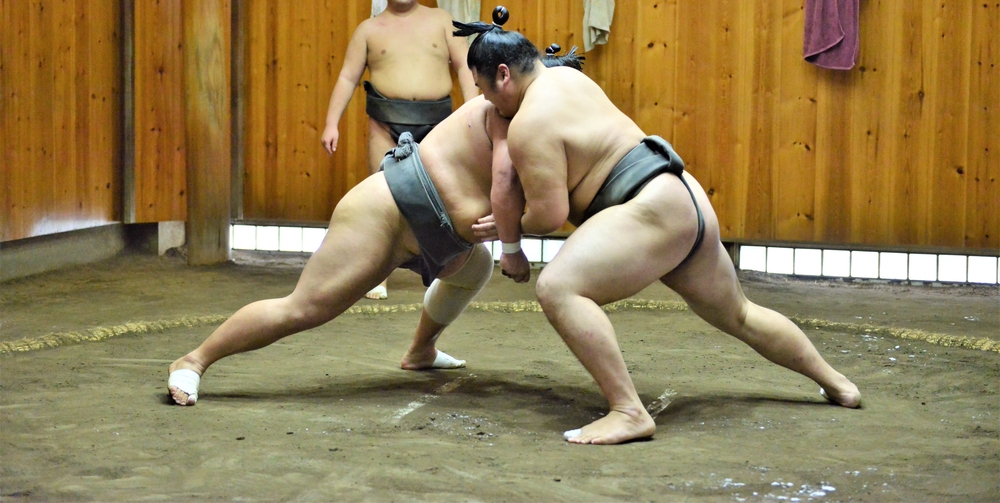
There are only six official tournaments a year, and they tend to sell out as they are a popular spectator sport. If you miss out on getting tickets to the official tournaments, you can also attend and watch a sumo training session as an alternative option. If you really want to get into the spirit of sumo, you can also try a traditional sumo dish called chanko nabe!
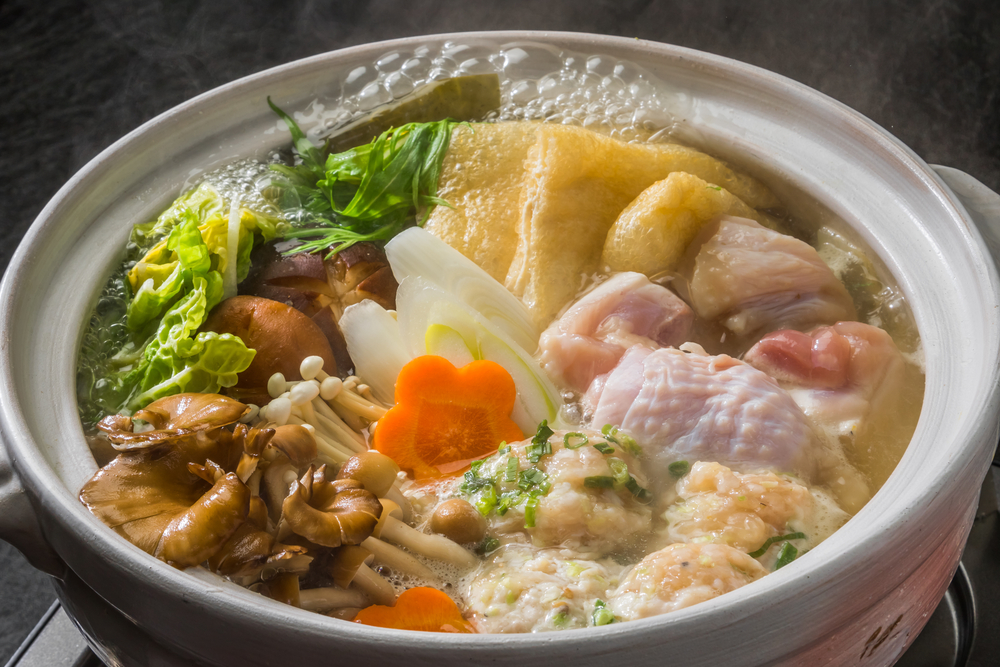
KENDO
Kendo, "the way of the sword", is another traditional sport in Japan. Essentially similar to fencing, kendo has its influences in sword practices of the samurai. Kendo came from kenjutsu which is a type of sword-based training and fighting that came from samurais. Kendo is a martial art that typically uses wooden/bamboo swords, not real metal swords. Two opponents wearing protective armor and black hakamas will "duel" against each other using various sword techniques.
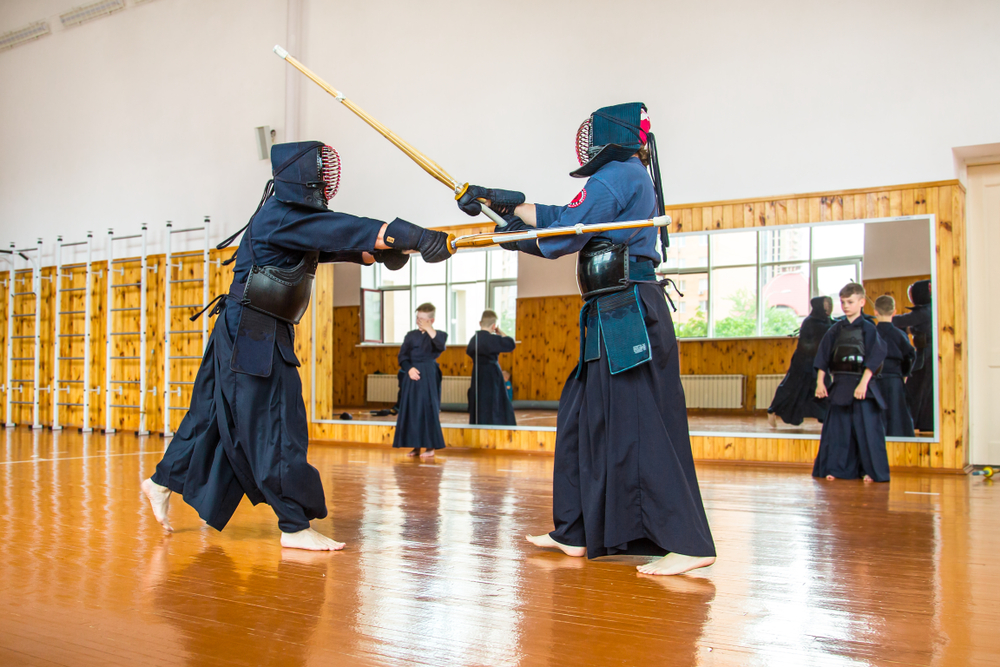
An interesting thing about kendo is that often times kendo will be offered as an elective or optional sport in schools in Japan. If you ever go a Japanese school, you might just see some students practicing kendo with their full uniform on. It has a long significant history in Japan, and continues to prevail as a major cultural activity within the martial arts.
JUDO
Judo, "the gentle way", is another martial art that has also become globally known due to its presence in the Olympics. Judo is a form of wrestling that runs on the principle of self-defense. In judo, an opponent's force is used as directive for each move. By redirecting an opponents force, their strength can be used against them to defeat the opponent. However, many of the same moves of jiu-jitsu are still applied to judom but there is more of a focus on throwing moves amd ground fighting techniques. One of the goals of judo is to unbalance the opponent.
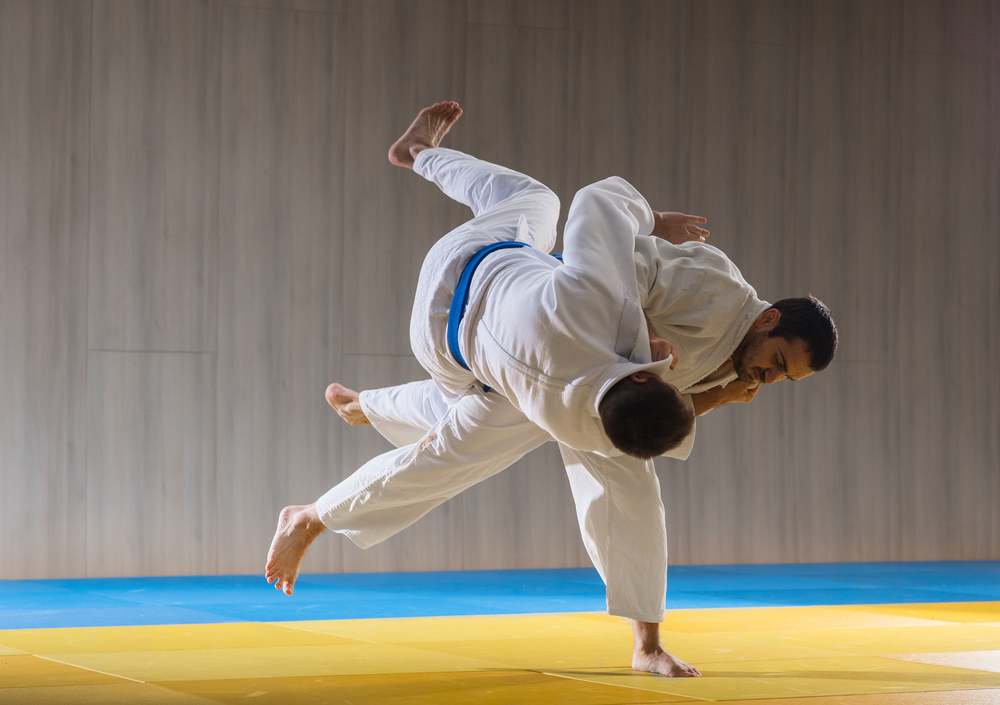
Judo focuses on maximizing efficiency and also applying the principles of it to your own self. Judo was derived from jiu-jitsu but was modified to focus more on character building and make into a less dangerous sport. However, judo does have its dangers as well, and the rules have often been changed in an effort to make it more safer.
YABUSAME
Yabusame uses the Japanese art of archery and does it on horseback. Being able to shoot a bow and arrow on horseback was done in samurai battles, and was a highly esteemed skill to have. During the time of samurai battles, samurais would aim to hit their target while going full speed on their horse. In modern times. the aim of yabusame as a sport and martial art is usually to be able hit targets while moving. Demonstrations are held in shrines and temples, and sometimes during festivals. Some places in Japan even allow people to try it through a class!
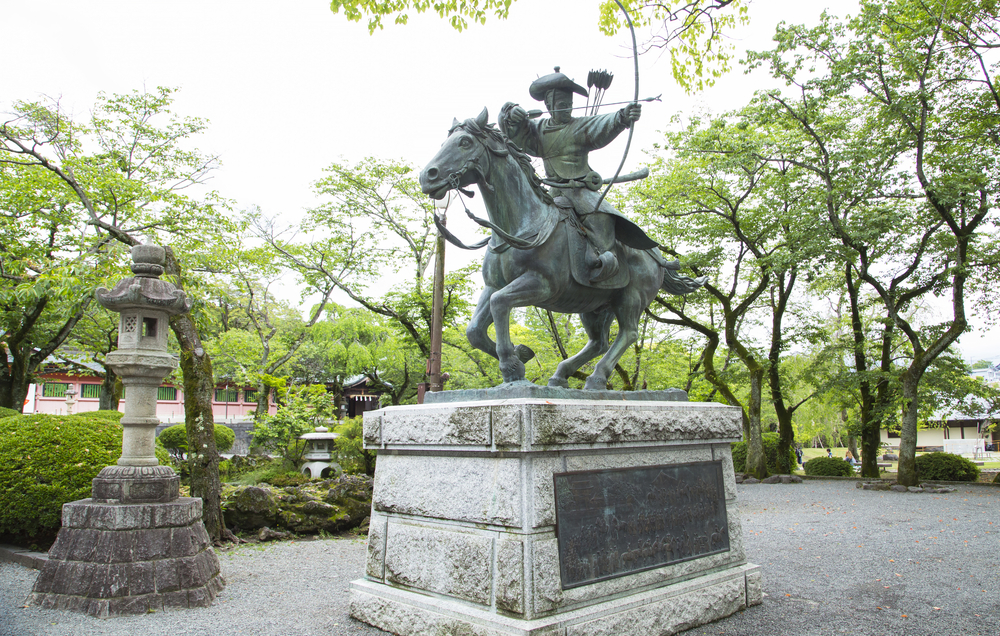
There's no denying that it definitely is a cool sport to learn!
AIKIDO
Aikido is yet another martial art sport in Japan that works with defensive manuevers that is closely linked with philosophy and principles. The concept is similar to judo, with the aim being to redirect an opponents, but the philosophy tends to be different. Aikido also has its origins in jiu-jitsu but focuses more on a peaceful approach of harmlessly redirecting attacks. Aikido is purely defensive and is not supposed to have any attack maneuvers, other than moves done for distraction. Aikido perhaps has the most non-violent philosophy comapred to judo.
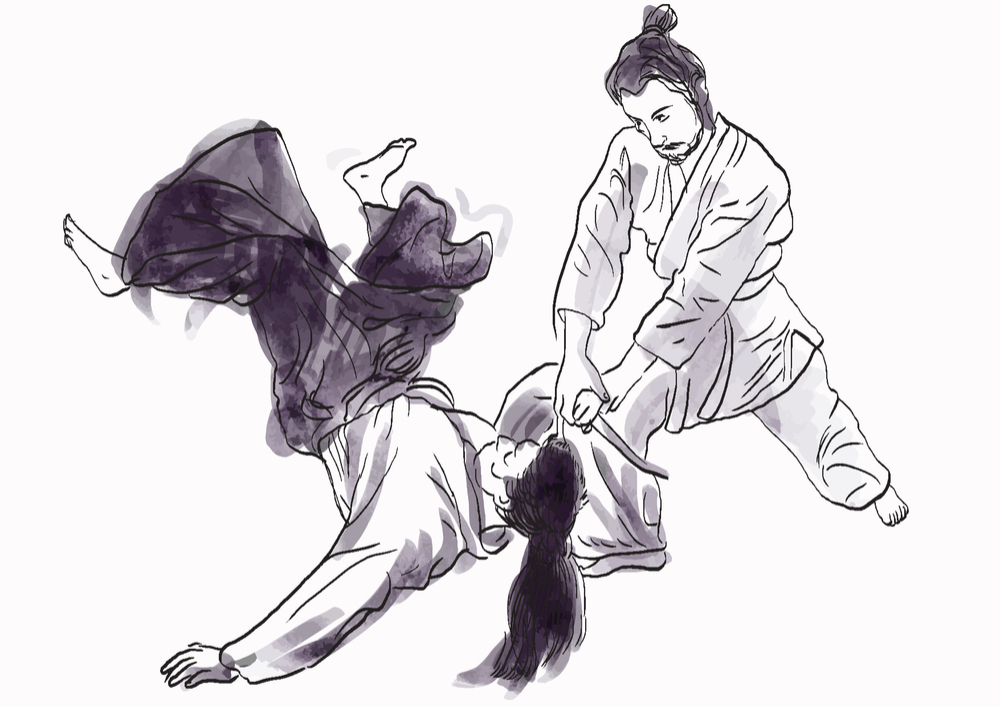
KARATE
The last on our list of some traditional Japanese sports is karate. Karate is yet another martial art on our list, and also one of the best known out of the martial arts. Karate uses striking maneuvers of the hands and feet.
Karate originated in Okinawa and has its origins in Chinese martial arts. Karate now is a global phenemenon, and many are familiar with it or have at one point taken classes. Karate has evolved a bit from the original one of Okinawa, and has some noticeable differences.
Like with mant Japanese martial arts, there is a strong philosophy behind the art. Karate also has different levels that you graduate from as you move higher in the ranks. Karate continues to be popular, and is still practiced today.
